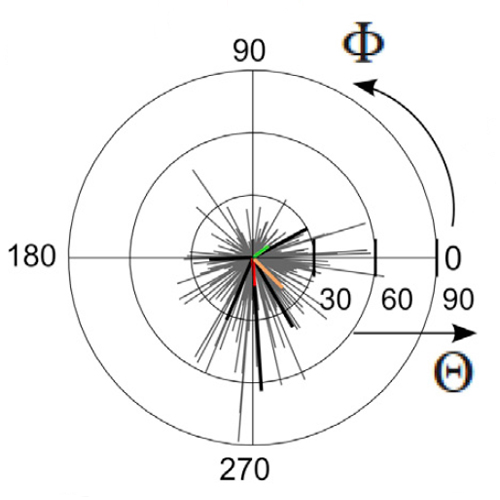Side-Chain to Main-Chain Hydrogen Bonding Controls the Intrinsic Backbone Dynamics of the Amyloid Precursor Protein Transmembrane Helix
18-Mar-2014
Biophysical Journal, 2014, http://dx.doi.org/10.1016/j.bpj.2014.02.013, Volume 106, Issue 6, p1318–1326 published on 18.03.2014
Biophysical Journal, online article
Biophysical Journal, online article
Many transmembrane helices contain serine and/or threonine residues whose side chains form intrahelical H-bonds with upstream carbonyl oxygens. Here, we investigated the impact of threonine side-chain/main-chain backbonding on the backbone dynamics of the amyloid precursor protein transmembrane helix. This helix consists of a N-terminal dimerization region and a C-terminal cleavage region, which is processed by γ-secretase to a series of products. Threonine mutations within this transmembrane helix are known to alter the cleavage pattern, which can lead to early-onset Alzheimer’s disease. Circular dichroism spectroscopy and amide exchange experiments of synthetic transmembrane domain peptides reveal that mutating threonine enhances the flexibility of this helix. Molecular dynamics simulations show that the mutations reduce intrahelical amide H-bonding and H-bond lifetimes. In addition, the removal of side-chain/main-chain backbonding distorts the helix, which alters bending and rotation at a diglycine hinge connecting the dimerization and cleavage regions. We propose that the backbone dynamics of the substrate profoundly affects the way by which the substrate is presented to the catalytic site within the enzyme. Changing this conformational flexibility may thus change the pattern of proteolytic processing.











